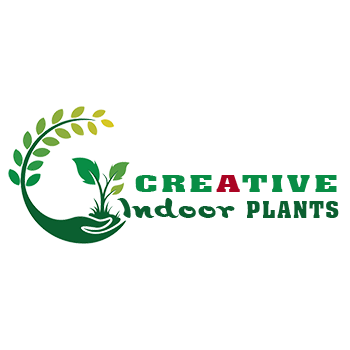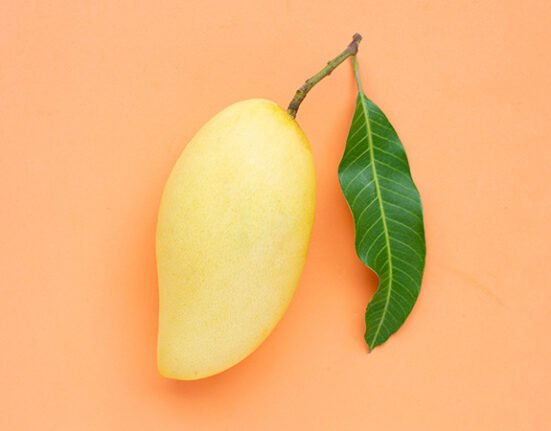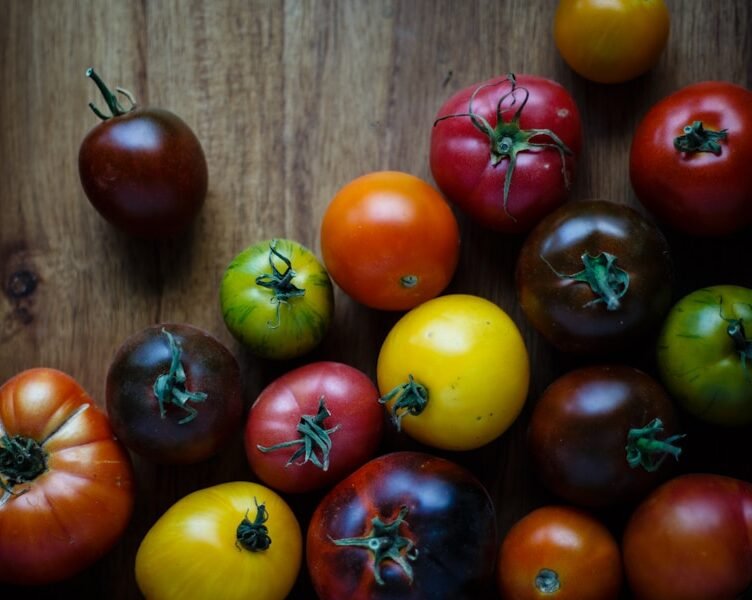Tomatoes are a popular choice for home gardens, but they can be susceptible to various problems that affect their growth and productivity. To achieve a successful harvest, it is crucial for gardeners to be aware of the common issues that can arise when growing tomatoes. Tomato plants are often affected by pests, diseases, and environmental factors that can impede their growth.
By recognizing these problems, gardeners can take preventative measures to mitigate and address them, resulting in healthy and thriving tomato plants. One common issue that tomato plants face is blossom end rot, characterized by dark, sunken areas on the fruit’s underside. This condition is caused by a calcium deficiency within the plant, which can be exacerbated by inconsistent watering and fluctuations in soil moisture levels.
Another prevalent problem is leaf curl, which can be triggered by factors such as overwatering, nutrient deficiencies, or viral infections. By identifying the symptoms of these and other common tomato plant issues, gardeners can take the necessary steps to address them and prevent further damage to their plants.
Key Takeaways
- Understanding common tomato growing problems is essential for successful gardening.
- Identifying symptoms of tomato plant issues early can help in finding effective solutions.
- Solutions for common tomato growing problems include proper watering, fertilization, and pruning.
- Prevention methods for tomato plant issues involve maintaining good soil health and using disease-resistant varieties.
- Dealing with pests and diseases in tomato plants may require organic or chemical treatments.
Identifying Symptoms of Tomato Plant Issues
Common Visual Symptoms
When it comes to identifying symptoms of tomato plant issues, there are a few key signs that gardeners should be on the lookout for. One of the most common symptoms of tomato plant problems is yellowing or wilting leaves, which can be indicative of a variety of issues including nutrient deficiencies, overwatering, or pest infestations. Another common symptom is the presence of spots or lesions on the leaves or fruit, which can be a sign of fungal or bacterial diseases.
Other Indicators of Plant Health
Additionally, stunted growth or poor fruit development can also be indicative of underlying issues with the plant. In addition to physical symptoms, gardeners should also pay attention to the overall health and vigor of their tomato plants. Healthy tomato plants should have strong, sturdy stems and vibrant green leaves.
Monitoring Plant Health
Any signs of weakness or discoloration should be taken as a warning sign that there may be an issue with the plant. By closely monitoring the symptoms and overall health of their tomato plants, gardeners can take proactive measures to address any problems that may arise and prevent them from spreading to other plants in the garden.
Solutions for Common Tomato Growing Problems
When it comes to addressing common tomato growing problems, there are a variety of solutions that gardeners can implement to help their plants thrive. For issues such as blossom end rot, which is caused by a calcium deficiency, gardeners can add calcium-rich amendments such as gypsum or crushed eggshells to the soil to help correct the imbalance. Additionally, maintaining consistent watering practices and using mulch can help prevent fluctuations in soil moisture that can exacerbate this issue.
For problems such as leaf curl, which can be caused by overwatering or nutrient deficiencies, gardeners can adjust their watering practices and ensure that their plants are receiving adequate nutrients through fertilization. In cases where pests or diseases are present, organic pesticides or fungicides can be used to help control the infestation and prevent further damage to the plants. By implementing these solutions, gardeners can effectively address common tomato growing problems and promote healthy growth in their plants.
Prevention Methods for Tomato Plant Issues
| Problem | Solution | Prevention |
|---|---|---|
| Blossom End Rot | Apply calcium-rich fertilizer, adjust soil pH | Ensure consistent watering, mulch soil |
| Tomato Hornworms | Handpick and destroy, use natural predators | Inspect plants regularly, plant companion herbs |
| Early Blight | Remove infected leaves, apply fungicide | Space plants for air circulation, water at base |
| Aphids | Use insecticidal soap, introduce ladybugs | Keep garden clean, plant resistant varieties |
In addition to addressing common tomato growing problems, it is also important for gardeners to take proactive measures to prevent these issues from occurring in the first place. One of the most effective prevention methods is to start with healthy, disease-resistant varieties of tomato plants. By choosing varieties that are less susceptible to common pests and diseases, gardeners can reduce the likelihood of encountering these issues in their garden.
Another important prevention method is to practice good garden hygiene by removing any diseased or infested plant material from the garden and properly disposing of it. This can help prevent the spread of pests and diseases to other plants in the garden. Additionally, rotating crops and avoiding planting tomatoes in the same location year after year can help prevent the buildup of soil-borne diseases that can affect tomato plants.
By implementing these prevention methods, gardeners can reduce the likelihood of encountering common tomato growing problems and promote healthy growth in their plants.
Dealing with Pests and Diseases in Tomato Plants
Pests and diseases are some of the most common issues that tomato plants face, but there are a variety of methods that gardeners can use to effectively deal with these problems. When it comes to pests such as aphids or caterpillars, natural predators such as ladybugs or lacewings can be introduced into the garden to help control the infestation. Additionally, using insecticidal soaps or neem oil can help effectively manage pest populations without harming beneficial insects or pollinators.
For diseases such as early blight or powdery mildew, using fungicidal sprays or treatments can help control the spread of the disease and prevent further damage to the plants. Additionally, practicing good garden hygiene by removing any diseased plant material and properly disposing of it can help prevent the spread of diseases to other plants in the garden. By effectively dealing with pests and diseases in tomato plants, gardeners can promote healthy growth and ensure a successful harvest.
Environmental Factors Affecting Tomato Growth
Temperature and Sunlight Requirements
Tomatoes thrive in warm temperatures and require at least 6-8 hours of direct sunlight each day to produce fruit. In cooler climates, using techniques such as row covers or cloches can help protect young plants from cold temperatures and promote healthy growth.
Watering and Air Circulation
Maintaining consistent watering practices and providing adequate air circulation around the plants can help prevent issues such as fungal diseases or water stress.
Optimizing Growing Conditions
By paying attention to these environmental factors and making adjustments as needed, gardeners can help create optimal growing conditions for their tomato plants and promote healthy growth throughout the growing season.
Tips for Successful Tomato Plant Care
In addition to addressing and preventing common tomato growing problems, there are a few key tips that gardeners can follow to ensure successful care of their tomato plants. One important tip is to provide adequate support for indeterminate varieties by using stakes or cages to help support the weight of the fruit as it develops. Additionally, regular pruning of suckers and lower leaves can help promote air circulation around the plants and reduce the likelihood of pest and disease issues.
Another important tip is to maintain consistent watering practices by providing deep, thorough watering rather than frequent shallow watering. This can help promote strong root development and reduce the likelihood of issues such as blossom end rot. Additionally, using mulch around the base of the plants can help conserve moisture in the soil and reduce weed competition.
By following these tips for successful tomato plant care, gardeners can promote healthy growth and ensure a bountiful harvest of delicious tomatoes. In conclusion, understanding common tomato growing problems and implementing proactive measures to address and prevent these issues is essential for any gardener looking to have a successful harvest. By identifying symptoms of tomato plant issues, implementing solutions, and practicing prevention methods, gardeners can effectively deal with pests, diseases, and environmental factors that can impact their tomato plants.
By following these tips for successful tomato plant care, gardeners can promote healthy growth and ensure a bountiful harvest of delicious tomatoes in their home gardens.
FAQs
What are some common tomato growing problems?
Some common tomato growing problems include blossom end rot, tomato blight, tomato hornworms, and tomato yellow leaf curl virus.
What are the solutions for blossom end rot in tomatoes?
To prevent blossom end rot in tomatoes, ensure consistent watering, provide adequate calcium through soil amendments or foliar sprays, and maintain proper soil pH levels.
How can tomato blight be prevented and treated?
Tomato blight can be prevented by practicing good garden sanitation, using resistant tomato varieties, and applying fungicides. Infected plants should be removed and destroyed to prevent the spread of the disease.
What is the best way to control tomato hornworms?
Handpicking tomato hornworms from plants, using natural predators like parasitic wasps, and applying Bacillus thuringiensis (Bt) are effective methods for controlling tomato hornworms.
How can tomato yellow leaf curl virus be managed?
To manage tomato yellow leaf curl virus, use resistant tomato varieties, control whiteflies through insecticidal sprays or reflective mulches, and remove infected plants to prevent the spread of the virus.





